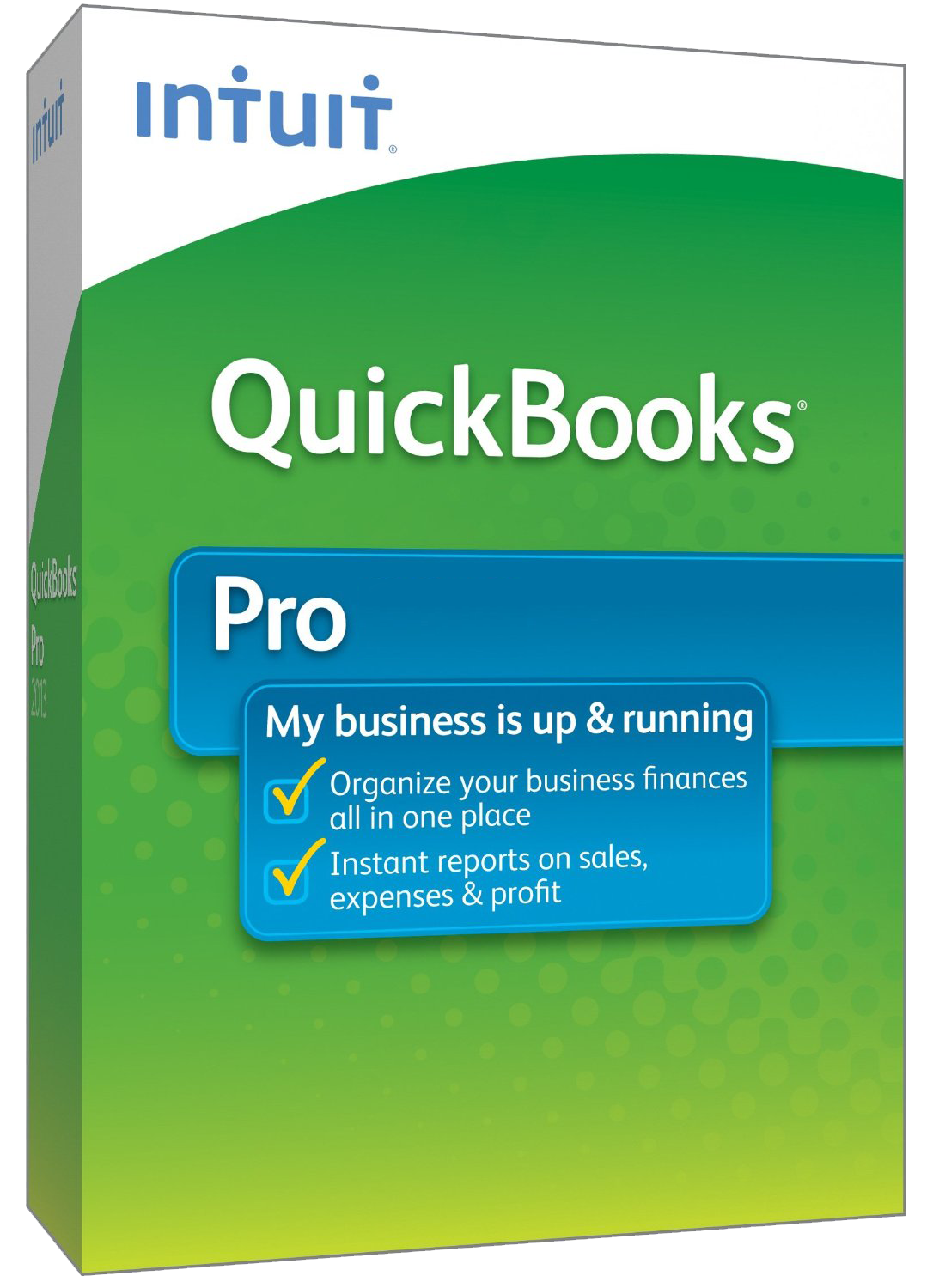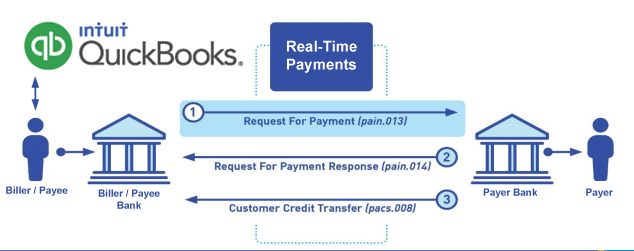QuickBooks® Create RfP File Format
The Best Solution for Payment Processing in QuickBooks®
Today Payments is an Authorized Developer of Intuit offering a highly robust app that supports both QuickBooks’ desktop and online customers, provide merchants with the tools they need so they can focus more time on their customers and businesses, and less time on data entry.
"Our Integrated payment solutions can save a typical small business owner more than 180 hours each year"
See
the features
QuickBooks® ACH, Cards, FedNow and Real-Time Payments
- Payment processing for all QuickBooks desktop, Pro, Premier, Enterprise and also QBO QuickBooks Online Our software is designed for simplicity and ease-of-use.


- ~ Automate Account Receivable Collection
- ~ Automate Account Payable Payments
- ~ One-time and Recurring Debits / Credits
Secure QB Plugin payment processing through QuickBooks ® specializes in the origination of moving money electronically.
Ask about our special:
Request for Payments
To create a Request for Payment (RfP) file format that is compatible with FedNow, ACH, Real-time Payments (RTP) and also formatted for QuickBooks Online (QBO), the process involves combining elements of each payment system into a format that QBO can ingest.
QuickBooks Online generally supports importing transactions using CSV files, so the strategy will involve extracting data from ISO 20022 (used by FedNow and RTP) and NACHA (used by ACH) into a structured CSV that QBO can understand. Here’s a step-by-step approach.
Key Steps:
- Extract relevant fields from FedNow/RTP (ISO 20022) and ACH (NACHA) RfP files.
- Map these fields to QBO-compatible CSV format.
- Generate the CSV file that can be uploaded into QBO.
Step 1: Extract Data from FedNow and RTP (ISO 20022 XML)
Both FedNow and RTP systems use the ISO 20022 XML format for Request for Payment (RfP). Below is an example of what an RfP XML file looks like for both systems.
Sample ISO 20022 XML for FedNow and RTP
xml
<Document xmlns="urn:iso:std:iso:20022:tech:xsd:pain.013.001.07">
<CstmrDrctDbtInitn>
<GrpHdr>
<MsgId>Msg-001</MsgId>
<CreDtTm>2024-09-14T10:30:00</CreDtTm>
<NbOfTxs>1</NbOfTxs>
<CtrlSum>500.00</CtrlSum>
<InitgPty>
<Nm>John Doe</Nm>
<Id>
<OrgId>
<Othr>
<Id>DEBTOR_ID_123</Id>
</Othr>
</OrgId>
</Id>
</InitgPty>
</GrpHdr>
<PmtInf>
<PmtInfId>Payment-001</PmtInfId>
<PmtMtd>TRF</PmtMtd>
<ReqdColltnDt>2024-09-20</ReqdColltnDt>
<Cdtr>
<Nm>ABC Supplier</Nm>
</Cdtr>
<CdtrAcct>
<Id>
<IBAN>US12345678901234567890</IBAN>
</Id>
</CdtrAcct>
<Dbtr>
<Nm>John Doe</Nm>
</Dbtr>
<DbtrAcct>
<Id>
<IBAN>US09876543210987654321</IBAN>
</Id>
</DbtrAcct>
<RmtInf>
<Ustrd>Invoice #12345</Ustrd>
</RmtInf>
</PmtInf>
</CstmrDrctDbtInitn>
</Document>
In this XML, key fields for QBO include:
- <CreDtTm>: The creation date, which can be mapped to Transaction Date.
- <CtrlSum>: The total sum, which can be mapped to Amount.
- <InitgPty><Nm>: The initiating party (debtor), which can be mapped to Payee.
- <RmtInf><Ustrd>: Remittance information (e.g., invoice reference), which can be mapped to Memo or Description.
Step 2: Extract Data from ACH (NACHA Format)
ACH (NACHA) uses its own format for payments, and here’s an example of an ACH file’s relevant fields for Request for Payment:
Sample NACHA File (TXP Addendum for RfP)
markdown
TXP*123456*INV*5678*500.00
- TXP: Identifies the payment request.
- 123456: Debtor’s identifier.
- INV: The type of payment (invoice).
- 5678: Invoice number.
- 500.00: The payment amount.
From this NACHA file:
- TXP*123456*INV*5678*500.00: The invoice reference and payment amount can be mapped to Description and Amount in the QBO CSV.
Step 3: Create QBO-Compatible CSV Format
QuickBooks Online (QBO) can import data using CSV format, and it expects specific fields. Here is the structure QBO supports for CSV file uploads:
|
Field Name |
Description |
|
Date |
The date of the transaction (YYYY-MM-DD). |
|
Description |
A description or memo for the transaction (e.g., invoice number). |
|
Amount |
The payment amount (positive for deposits, negative for expenses). |
|
Payee |
The name of the payee or creditor. |
|
Payment Method |
The method of payment (can be left blank if not necessary). |
Example of a QBO-Compatible CSV File:
csv
Date,Description,Amount,Payee,Payment Method
2024-09-20,Invoice #5678,500.00,ABC Supplier,Bank Transfer
Mapping Fields to QBO CSV Format:
- Date: From <CreDtTm> (FedNow/RTP) or ACH transaction date.
- Description: From <RmtInf><Ustrd> (FedNow/RTP) or invoice reference (ACH TXP).
- Amount: From <CtrlSum> (FedNow/RTP) or ACH payment amount.
- Payee: From <Cdtr><Nm> (FedNow/RTP) or ACH payee information.
- Payment Method: Could be "Bank Transfer" or "FedNow," etc., depending on the method.
Step 4: Automating the Conversion (Optional)
To streamline the process of converting the ISO 20022 XML or NACHA ACH files into the QBO-compatible CSV, you can write a script in Python or another language. Here’s a high-level approach for automating this:
- Parse the XML (for FedNow/RTP) or NACHA file (for ACH).
- Extract the relevant fields (Date, Amount, Description, Payee).
- Write the data into the QBO CSV format.
- Export the CSV for upload into QBO.
Here’s a sample Python script to automate this process for ISO 20022 (FedNow/RTP):
python
import xml.etree.ElementTree as ET
import csv
# Parse ISO 20022 XML
tree = ET.parse('fednow_rfp.xml')
root = tree.getroot()
# Open a CSV file for writing
with open('qbo_import.csv', mode='w', newline='') as file:
writer = csv.writer(file)
writer.writerow(['Date', 'Description', 'Amount', 'Payee', 'Payment Method'])
for payment in root.findall('.//PmtInf'):
date = payment.find('.//ReqdColltnDt').text
amount = payment.find('.//CtrlSum').text
description = payment.find('.//Ustrd').text
payee = payment.find('.//Cdtr/Nm').text
# Write data to CSV
writer.writerow([date, description, amount, payee, 'Bank Transfer'])
For NACHA ACH, similar logic can be applied to extract data and write it to CSV.
Step 5: Upload the CSV to QBO
- Log in to your QuickBooks Online account.
- Navigate to the Banking tab.
- Choose the option to Upload transactions.
- Select the CSV file generated.
- Follow the on-screen instructions to map and import the file into QBO.
Conclusion:
By combining the ISO 20022 (FedNow/RTP) and NACHA ACH formats with QBO’s CSV structure, you can create a file that is compatible across these payment systems and importable into QuickBooks Online. This approach involves extracting data from XML and NACHA files and converting them into a QBO-compatible CSV format for seamless import of RfP transactions.

Call us, the .csv and or .xml Request for Payment (RfP) file you need while on your 1st phone call! We guarantee our reports work to your Bank and Credit Union. We were years ahead of competitors recognizing the benefits of RequestForPayment.com. We are not a Bank. Our function as a role as an "Accounting System" in Open Banking with Real-Time Payments to work with Billers to create the Request for Payment to upload the Biller's Bank online platform. U.S. Companies need help to learn the RfP message delivering their bank. Today Payments' ISO 20022 Payment Initiation (PAIN .013) show how to implement Create Real-Time Payments Request for Payment File up front delivering message from the Creditor (Payee) to it's bank. Most banks (FIs) will deliver the message Import and Batch files for their company depositors for both FedNow and Real-Time Payments (RtP). Once uploaded correctly, the Creditor's (Payee's) bank continuing through a "Payment Hub", will be the RtP Hub will be The Clearing House, with messaging to the Debtor's (Payer's) bank.
Our in-house QuickBooks payments experts are standing ready to help you make an informed decision to move your company's payment processing forward.
Pricing with our Request For Payment Professionals

1) Free ISO 20022 Request for Payment File Formats, for FedNow and Real-Time Payments (The Clearing House) .pdf for you manually create "Mandatory" (Mandatory data for completed file) fields, start at page 4, with "yellow" highlighting. $0.0 + No Support
2) We create .csv or .xml formatting using your Bank or Credit Union. Create Multiple Templates. Payer/Customer Routing Transit and Deposit Account Number may be required to import with your bank. You can upload or "key data" into our software for File Creation of "Mandatory" general file.
Fees = $57 monthly, including Support Fees and Batch Fee, Monthly Fee, User Fee, Additional Payment Method on "Hosted Payment Page" (Request for file with an HTML link per transaction to "Hosted Payment Page" with ancillary payment methods of FedNow, RTP, ACH, Cards and many more!) + $.03 per Transaction + 1% percentage on gross dollar file,
3) Payer Routing Transit and Deposit Account Number is NOT required to import with your bank. We add your URI for each separate Payer transaction.
Fees Above 2) plus $29 monthly additional QuickBooks Online "QBO" formatting, and "Hosted Payment Page" and WYSIWYG
4) Above 3) plus Create "Total" (over 600 Mandatory, Conditional & Optional fields of all ISO 20022 Pain .013) Price on quote.
